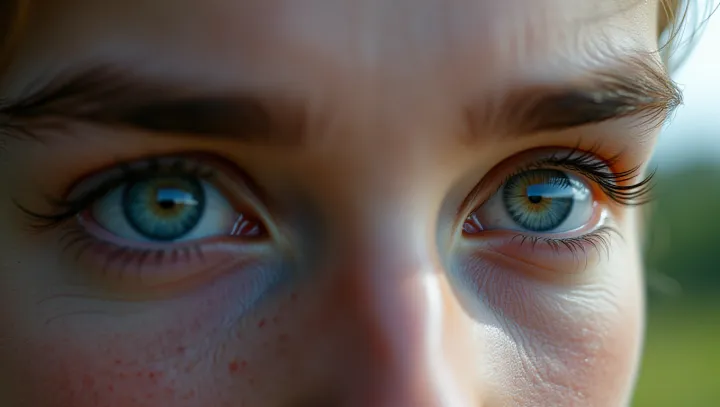Vivid Vision: The Story Behind Eye Hues

In the bustling streets of London, amidst the cacophony of daily life, researchers at the Genetics Research Institute have made significant strides in understanding why human beings possess such a rich tapestry of eye colors. From stunning greens to soulful grays, eye color has long fascinated both scientists and laypeople alike. Fundamentally, eye color is determined by the concentration and distribution of melanin in the iris.
The variations in melanin, driven by numerous genes, account for the range of eye colors seen in the human population. This genetic orchestra plays out through complex interactions, making each hue a unique blend of parental contributions. To the surprise of many, these kaleidoscope patches not only serve aesthetic purposes but also highlight evolutionary strategies.
Experts like Dr. Elara Green point out that darker eyes might have developed in regions with intense sunlight, providing better UV protection, while lighter eyes evolved in regions with less sunlight, allowing for improved vision in low-light conditions. This revelation does more than satisfy curiosity; it emphasizes human diversity and adaptability.
Moreover, the study invites further exploration into how these genetic traits might influence other aspects of health and behavior. As science peels back the layers of why we see blue, green, or brown through another's eyes, the deep-seated complexity and beauty become ever more apparent.
